It’s the tub of bright red geraniums at the heart of the picture that startles. How did anyone have time (or energy) to water these bright, hopeful flowers amid the chaos of a field hospital in early 1915? ‘Tents with Stores and Flower Tub’ is one of ten paintings by Victor Tardieu in the Florence Nightingale Museum’s latest exhibition, dedicated to the pioneering work of the first world war nurses. Tardieu, a French artist who went to the front as an officer in an ambulance unit, created a vivid record of the makeshift camp in Bourbourg set up by volunteer nurses led by the indomitable Millicent, Duchess of Sutherland (portrayed above), who bought her own ambulance, filled it with bandages and took it across the Channel.
Look closely and you can see that the brightly coloured tents draped with holiday awning to create a relaxed, healing environment are erected on makeshift wooden boards to keep out the rats. The bright red blanket covering the bedridden patient might look cheery but it’s probably steeped in blood. Still, a new way of caring for injuries was developed in camps such as these, the Carrel-Dakin method of wound irrigation, which saved thousands of soldiers.
Got something to add? Join the discussion and comment below.
Get 10 issues for just $10
Subscribe to The Spectator Australia today for the next 10 magazine issues, plus full online access, for just $10.

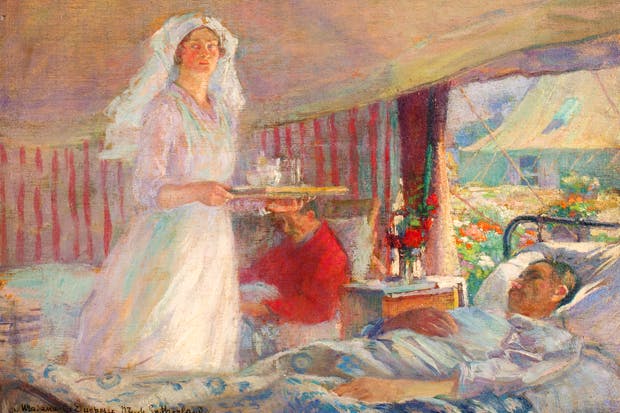
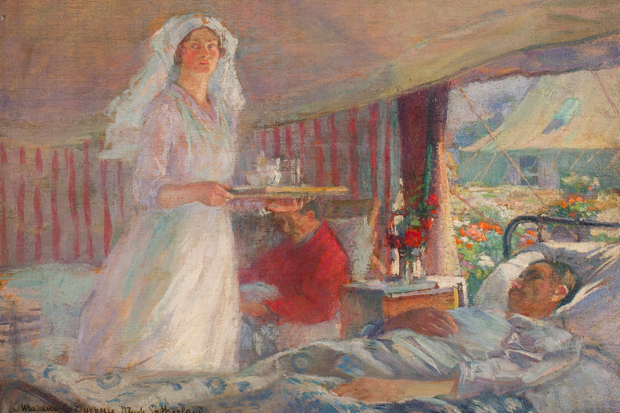
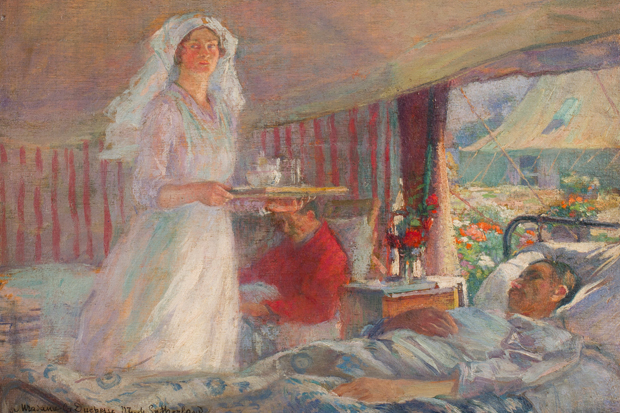
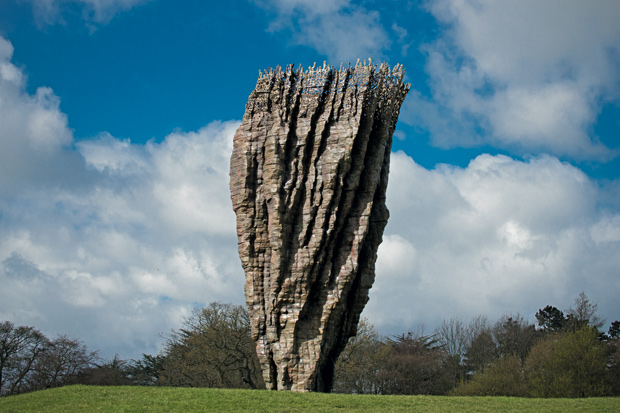
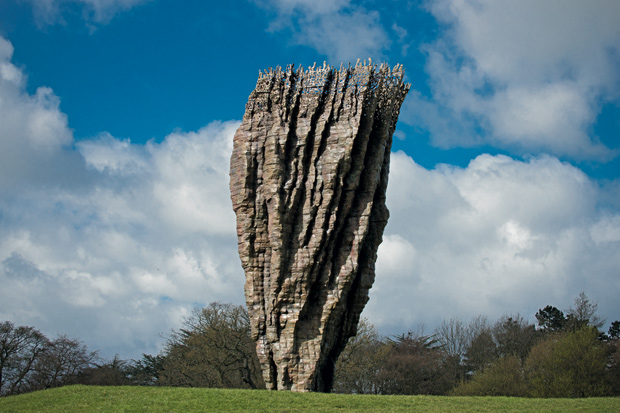
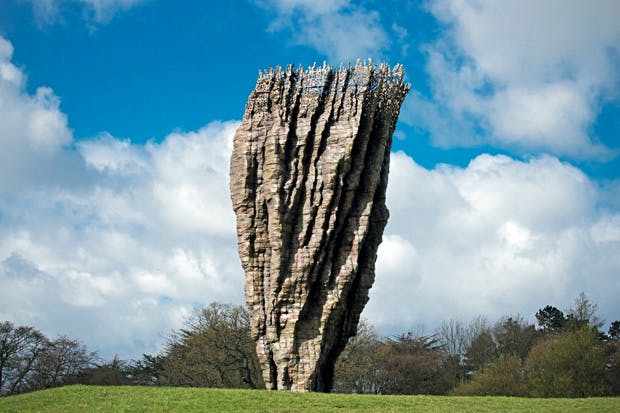
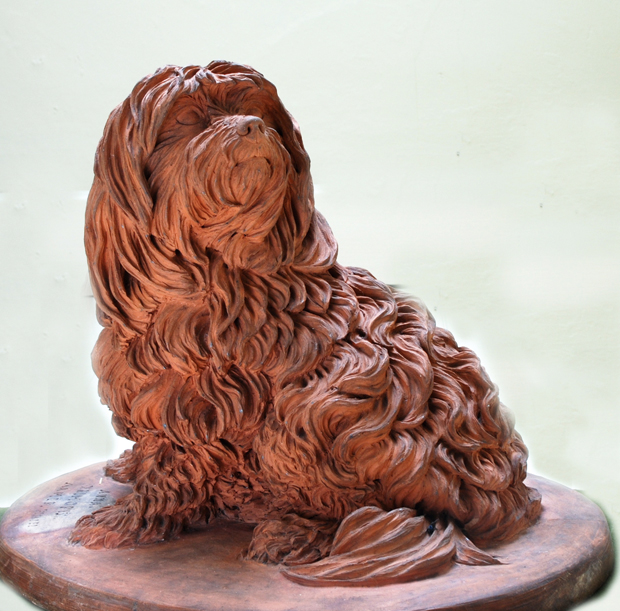






Comments
Don't miss out
Join the conversation with other Spectator Australia readers. Subscribe to leave a comment.
SUBSCRIBEAlready a subscriber? Log in